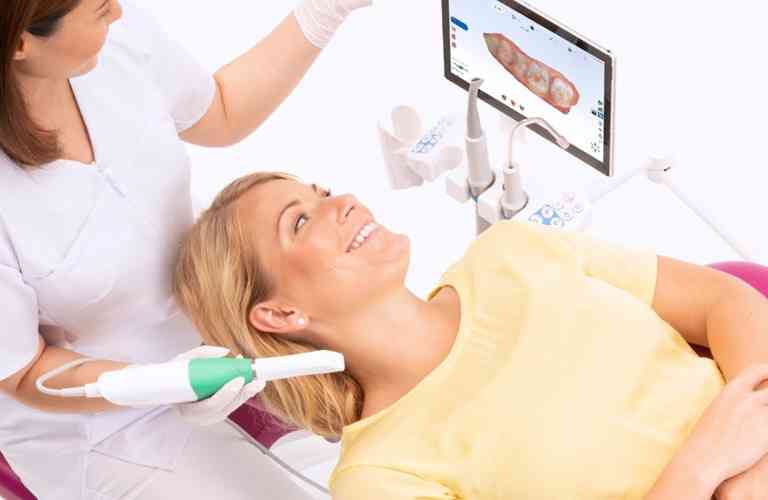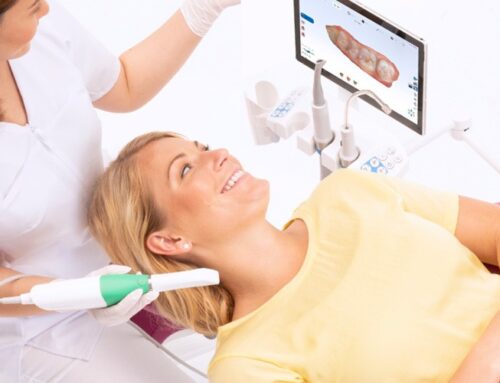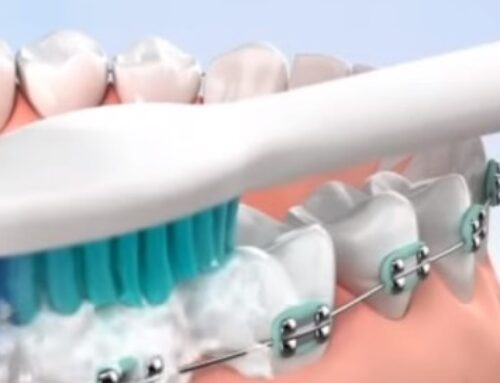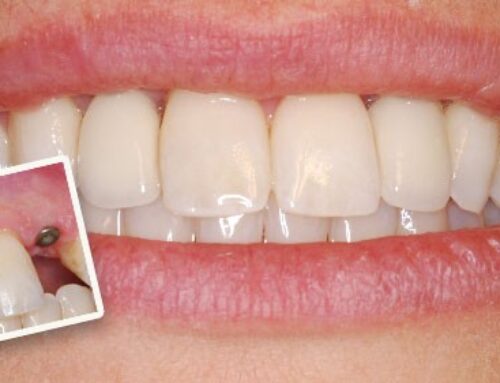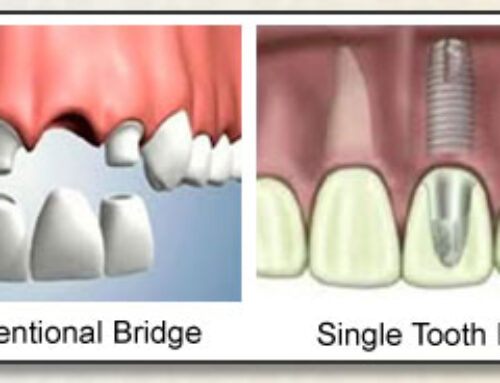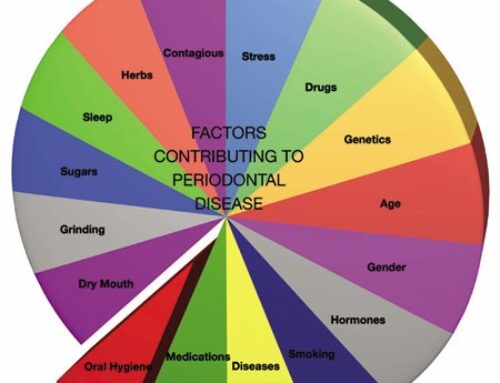What is Phase 1 Orthodontic Treatment?
The question of when to start orthodontic treatment is one that I answer frequently. Some children do get braces earlier; this is called Phase 1, or early interceptive orthodontics. Phase 1 is orthodontic treatment that is done before all permanent teeth have erupted, typically when a child is around 6-10 years old. The goal of Phase 1 treatment is to make room for the remaining adult teeth and to improve the relationship of the upper and lower jaws while your child still has a lot of growth potential.
Most kids go through what is affectionately termed the “ugly duckling stage” and somethings that are very noticeable such as “shark teeth” or a widening gap up front, can be totally within normal range. However, some very big concerns include teeth that are erupting in the wrong direction and missing permanent teeth can only be seen with certain x-rays. Because of this, the American Association of Orthodontists recommends that all children should have their first checkup with an orthodontist around the age of 7 regardless of how their teeth appear. At this visit, I check to see that teeth and jaws are developing normally. It’s also a great time to discuss future options. We will discuss early treatment options if needed.
The most common situations I use early intervention for are:
- A crossbite, also known as an underbite, where the top teeth are stuck behind the bottom teeth
- A large shift in their bite, which can cause grinding and asymmetrical jaw growth
- Crowding where there is not enough room for the adult teeth to align in the correct position
- An open bite, where the top and bottom teeth are not touching when biting down. This is often the result of habits such as thumb sucking or lip biting
- Early loss of baby teeth leading to a lack of space for permanent teeth to fit
- Severely flared teeth, which are more prone to trauma and damage
- If a child has social anxiety about their smile
- Craniofacial defects working with a team of specialists for complex care
After Phase 1 treatment, the patient is given a retainer to hold the corrections in place and monitored to see how the remaining adult teeth align around the age of 12. Fortunately at this point, many of the major hurdles have been overcome in the first set of braces, and the teeth only need quicker, minor adjustments to finalize the smile and make the bite fit perfectly together.
-Raymund Rebong, DDS, MSD

